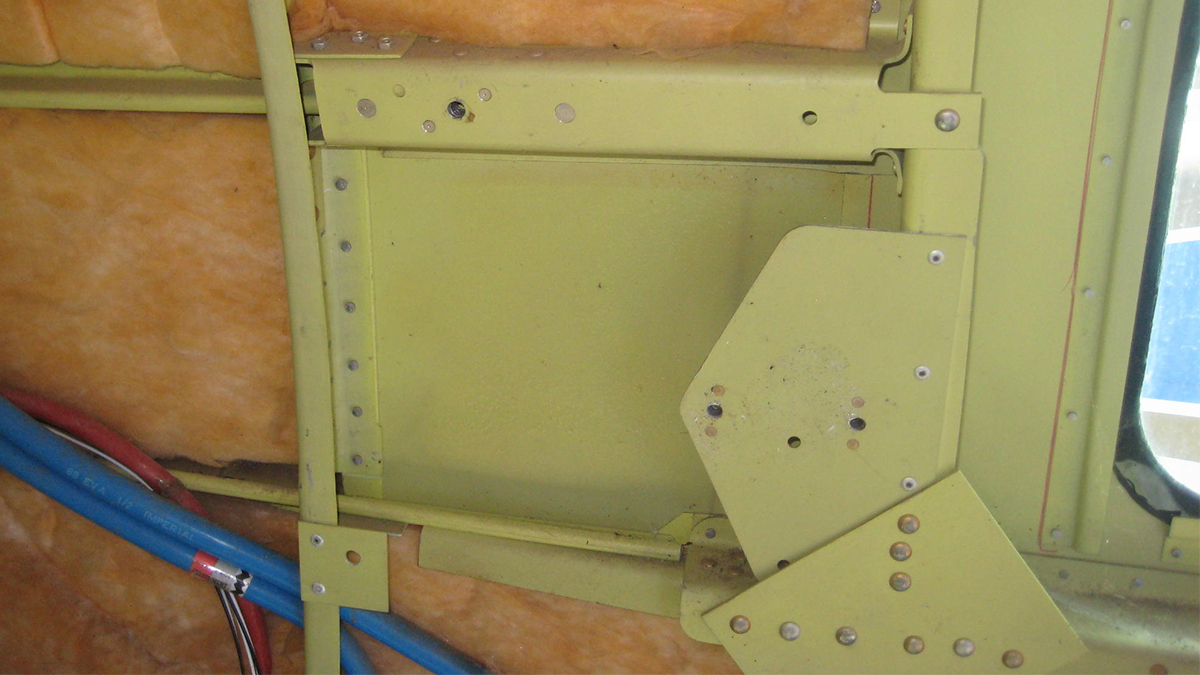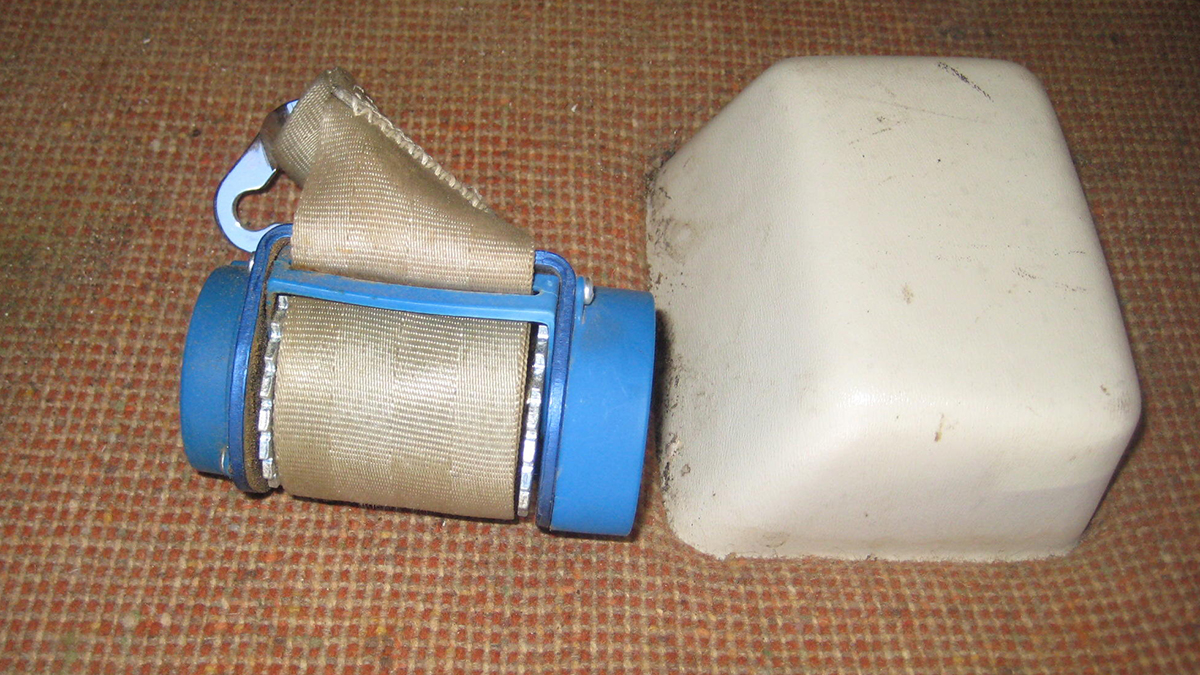Adding shoulder harnesses can increase safety
Part 2: Aircraft seat belts
It’s unfortunate, but even the simplest safety improvements in general aviation aircraft often lag far behind automobiles. By 1971, shoulder harnesses were required equipment on all automobiles in the United States. It took 15 more years until, in 1986, GA aircraft manufacturers were required to install shoulder harnesses for all aircraft seats. The lack of shoulder harnesses on an aircraft is significant because studies have shown that proper use of shoulder harnesses could reduce major injuries in aircraft accidents by 88 percent and reduce fatalities by 20 percent.
If you are flying a certified aircraft, the FAA has gone to great lengths to make it easy to retrofit a shoulder harness for your aircraft. According to the FAA’s policy statement on the topic, installation of shoulder harnesses in aircraft is a minor change if:
- The aircraft was manufactured before July 19, 1978, for front seats and Dec. 12, 1986, for rear seats;
- TSO-C114 belts are used;
- No drilling or welding has been performed;
- The mechanic doing the install consults Advisory Circular 43.13-2A, Chapter 9, for information on restraint systems, effective restraint angles, attachment methods, and other details of installation;
- The installing mechanic makes an entry in the aircraft's maintenance log.
By defining this as minor change, aircraft owners and mechanics can add shoulder harnesses using a simple logbook entry. No supplemental type certificate (STC) or field approval is required in order make the modification, so long as you can complete the installation without drilling or welding. If shoulder harnesses were optional on your aircraft, or if you can clamp a bracket onto a structure without modifications, you’re in luck. However, that still leaves a large number of aircraft that require an STC or field approval for the modification.

Fortunately, there are a number of companies that sell STC’d shoulder harness kits for a variety of older aircraft. Many of these kits are for the installation of dual shoulder harnesses, which provide even more safety in the event of an accident than a single shoulder harness can. Companies such as B.A.S. Inc., Alpha Aviation, and others sell shoulder harness STCs for a variety of Cessna, Piper, and Beechcraft aircraft. Most kits include harnesses for both front seats and cost from $600 for single-shoulder kits to $1,000 for double-shoulder kits, including airframe installation hardware.
Another option to consider is modifying the aircraft using parts from a later model of the same aircraft equipped with shoulder harnesses from the factory. Depending on the situation, your A&P mechanic can determine if a field approval will be required for the change or if it can be accomplished with a simple logbook entry. For example, let’s say that parts from a later model aircraft are a direct fit for your aircraft, but brackets must be riveted into place as part of adding the components from the later model aircraft. If all of the parts are from the factory and both aircraft are on the same type certificate, your A&P may determine that the alteration is minor and only document the work in the logbooks. Every situation is different, so you will need to consult with your mechanic to see if this is an option for you or if an FAA major change field approval is required in your unique situation.
Regardless of the approach you take, adding a shoulder harness is one of the best investments you can make in the safety of your aircraft. Not only will it protect you in the unlikely event of an accident, but it can keep you safe, secure, and in control of the aircraft during turbulence and unusual attitudes. Until next time, happy flying!



